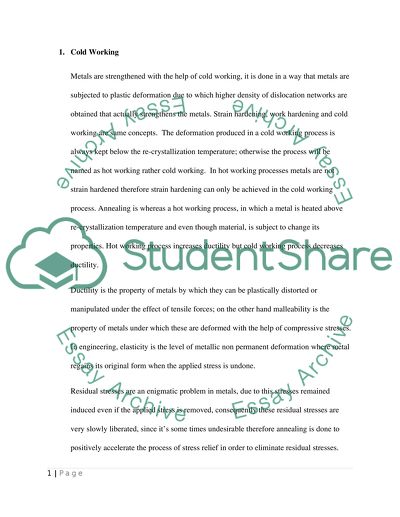Cite this document
(“Deep Drawing Sheet Metal/Aluminum Cans Research Paper”, n.d.)
Retrieved from https://studentshare.org/family-consumer-science/1410323-deep-drawing-sheet-metal-aluminum-cans
Retrieved from https://studentshare.org/family-consumer-science/1410323-deep-drawing-sheet-metal-aluminum-cans
(Deep Drawing Sheet Metal/Aluminum Cans Research Paper)
https://studentshare.org/family-consumer-science/1410323-deep-drawing-sheet-metal-aluminum-cans.
https://studentshare.org/family-consumer-science/1410323-deep-drawing-sheet-metal-aluminum-cans.
“Deep Drawing Sheet Metal/Aluminum Cans Research Paper”, n.d. https://studentshare.org/family-consumer-science/1410323-deep-drawing-sheet-metal-aluminum-cans.


